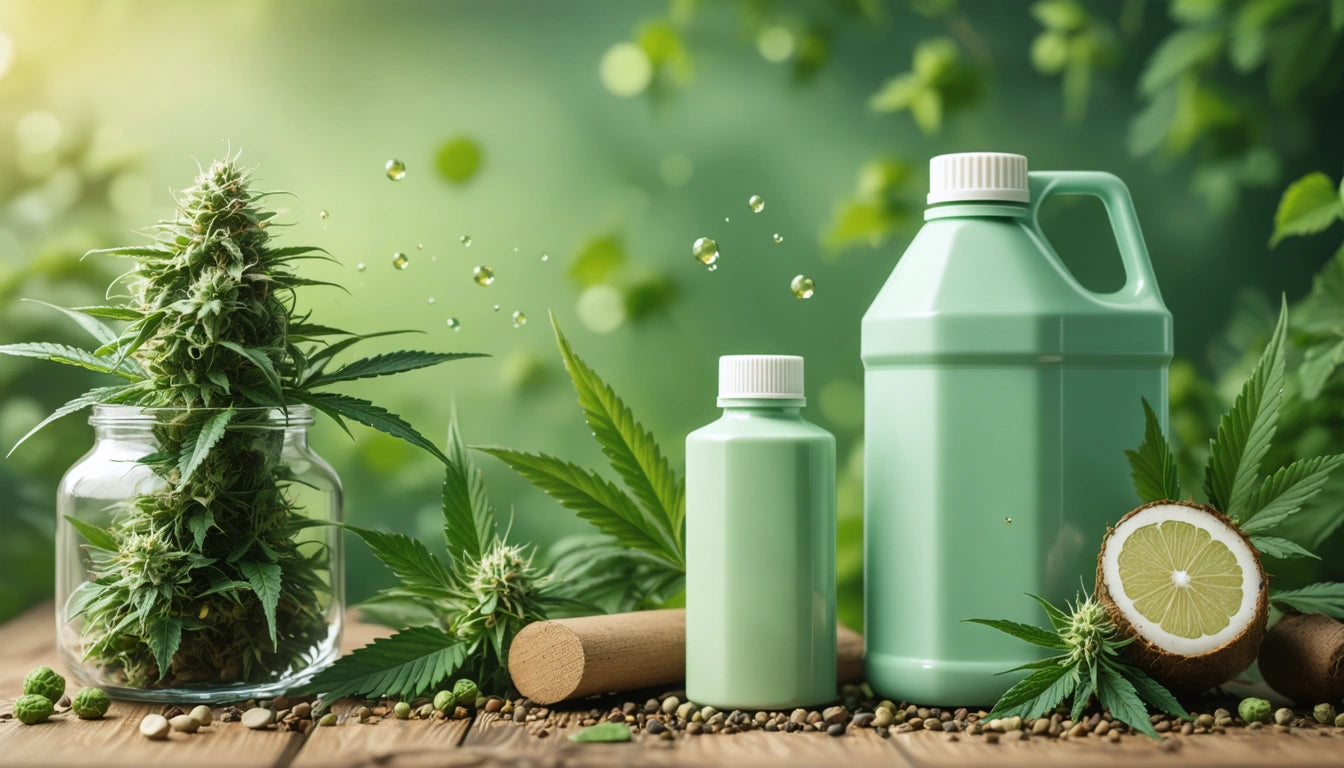The Rise of Anti-Microbial Packaging Post-COVID
The COVID-19 pandemic fundamentally changed consumer perceptions about product safety and handling. In the cannabis industry, this shift catalyzed rapid innovation in packaging technology, with anti-microbial solutions emerging as a significant trend. This evolution represents more than a temporary response to the pandemic. It signals a permanent change in how brands approach packaging design, material selection, and consumer safety messaging.
Evolution of Packaging Priorities
Pre-pandemic, cannabis packaging priorities centered primarily on compliance, child-resistance, and brand aesthetics. While these factors remain essential, hygiene has joined the list of non-negotiable features. According to industry surveys, 78% of cannabis consumers now consider visible hygiene features important when making purchasing decisions, compared to just 31% before 2020.
Anti-microbial packaging solutions have evolved from simple barrier protection to incorporating active technologies that inhibit bacterial and viral growth on package surfaces. This shift reflects broader consumer awareness about transmission vectors and cross-contamination risks.
Key Drivers of Anti-Microbial Adoption
- Heightened consumer awareness of surface contamination
- Regulatory guidance emphasizing sanitation protocols
- Brand differentiation opportunities in competitive markets
- Risk mitigation strategies for retail environments
- Supply chain safety concerns from production to consumption
Anti-Microbial Technology in Cannabis Packaging
Modern anti-microbial packaging incorporates several technological approaches. Silver ion technology, one of the most widely adopted solutions, releases positively charged silver ions that bind to bacterial cell walls, disrupting cellular processes. Other approaches include copper compounds, zinc oxide particles, and organic antimicrobials derived from plant extracts.
These technologies can be integrated into various packaging formats, from protective mylar bags for eighth-ounce flower portions to rigid containers for concentrates and edibles. The versatility of application methods allows brands to maintain their aesthetic while enhancing protection.
Consumer Perception and Market Demand
Consumer research indicates that hygiene-focused packaging creates a perception of brand responsibility and product quality. In competitive cannabis markets, this perception translates to tangible market advantages. Brands implementing anti-microbial packaging report average sales increases of 12-18% when marketing highlights these safety features.
The impact extends beyond initial purchase decisions to brand loyalty metrics. Consumers who perceive a brand as prioritizing their safety through packaging innovations demonstrate 23% higher repeat purchase rates according to post-pandemic retail analysis.
Implementation Challenges and Solutions
Despite clear benefits, implementing anti-microbial packaging presents several challenges. Cost premiums for advanced materials can range from 15-40% above standard packaging, creating margin pressure for producers. Additionally, supply chain limitations and minimum order quantities can create barriers for smaller operators.
Innovative approaches to these challenges include:
- Collaborative purchasing groups among smaller brands
- Phased implementation starting with premium product lines
- Hybrid solutions combining standard materials with anti-microbial coatings
- Consumer education initiatives justifying modest price increases
Touch-free packaging designs complement anti-microbial properties by minimizing handling requirements. These solutions include pull-tabs, peel-away covers, and dispensing mechanisms that reduce direct contact with the product.
Regulatory Landscape for Hygienic Packaging
Regulatory frameworks governing anti-microbial claims vary significantly across jurisdictions. While the FDA regulates antimicrobial substances in packaging, cannabis-specific guidelines remain limited. This regulatory gap creates both opportunities and risks for brands making cleanliness claims.
Best practices include:
- Focusing on specific technology descriptions rather than broad health claims
- Maintaining documentation of efficacy testing from material suppliers
- Consulting state-specific cannabis packaging regulations before implementation
- Developing compliant messaging that accurately represents protection levels
Future Innovations in Protective Packaging
The trajectory of anti-microbial packaging continues to evolve beyond current applications. Emerging technologies include self-cleaning surfaces activated by ambient light, biodegradable antimicrobial films derived from agricultural waste, and smart packaging that visually indicates contamination through color-changing indicators.
These innovations align with broader sustainability goals, addressing initial concerns that hygiene features might compromise environmental performance. New generation materials achieve both objectives, offering microbial protection while maintaining recyclability or compostability.
For cannabis brands navigating this evolving landscape, the strategic approach involves balancing immediate hygiene benefits with long-term packaging roadmaps. Those who successfully integrate these technologies not only address current consumer concerns but position themselves at the forefront of packaging innovation in the post-pandemic marketplace.











Leave a comment
All comments are moderated before being published.
This site is protected by hCaptcha and the hCaptcha Privacy Policy and Terms of Service apply.